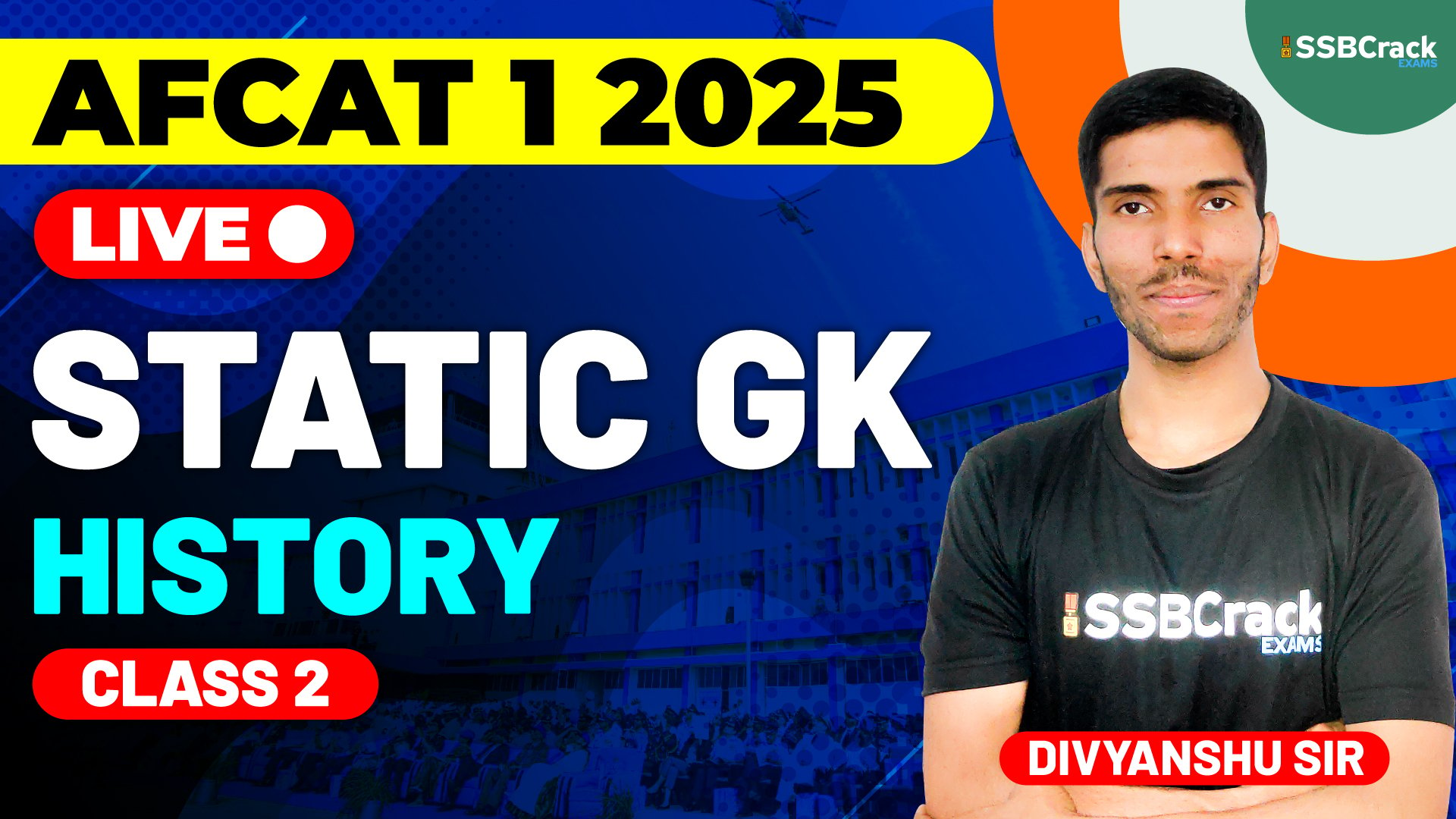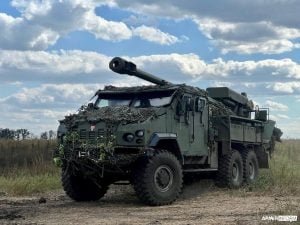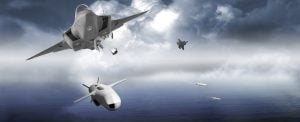Indian Modern History is a crucial part of the AFCAT exam, as it highlights key events and personalities that shaped the nation’s journey to independence and beyond. The section on Indian Modern History generally spans from the mid-18th century, marking the decline of the Mughal Empire, up to post-independence India. Here, we will cover the most important phases, movements, and figures relevant to the AFCAT 1 2025 exam.
AFCAT 1 2025 Exam Static GK – History – Class 2
1. Advent of European Powers in India
The arrival of European powers marked the beginning of a new era in India’s history. Key players included the Portuguese, Dutch, English, and French, who were primarily focused on trade.
- Portuguese: First European traders to arrive in India in 1498, under Vasco da Gama.
- Dutch: Established trading posts across India but lost prominence to the British.
- French: Settled in regions like Pondicherry, but their attempts to control India were thwarted by the British.
- British: The British East India Company established itself as the dominant force through the Battle of Plassey (1757) and the Battle of Buxar (1764), effectively gaining control over Bengal and eventually most of India.
2. The British Rule and Its Impact
The establishment of British rule in India through the East India Company was formalized after the Revolt of 1857. After the revolt, the British crown assumed direct control over India, marking the beginning of the British Raj.
- Pitt’s India Act (1784): Gave the British government greater control over the East India Company’s administration.
- Charter Act (1813 and 1833): Ended the East India Company’s trade monopoly and introduced administrative reforms.
- Government of India Act (1858): Transferred the powers of the East India Company directly to the British Crown.
3. Revolt of 1857
Often referred to as India’s First War of Independence, the Revolt of 1857 was a major uprising against British rule. The revolt was sparked by various factors, including resentment against the British, religious sensitivities, and the use of Enfield rifles greased with animal fat.
- Causes: Discontent with British policies, economic exploitation, social reforms, and religious interference.
- Leaders: Rani Lakshmibai, Tantia Tope, Nana Sahib, Bahadur Shah Zafar, and others played crucial roles in the revolt.
- Outcome: Though the revolt was crushed, it marked a turning point, leading to the direct control of India by the British Crown.
4. Indian National Congress and Early Nationalists
The Indian National Congress (INC) was founded in 1885 and played a pivotal role in India’s struggle for independence. Early leaders of the INC, often referred to as Moderates, believed in constitutional reforms and working within the framework of British rule.
- Moderates: Leaders like Dadabhai Naoroji, Gopal Krishna Gokhale, and Pherozeshah Mehta worked towards achieving gradual reforms through petitions and negotiations.
- Extremists: Dissatisfied with the moderate approach, leaders like Bal Gangadhar Tilak, Bipin Chandra Pal, and Lala Lajpat Rai adopted more radical methods to demand Swaraj (self-rule).
5. Partition of Bengal (1905)
The British government, under Viceroy Lord Curzon, announced the partition of Bengal in 1905. This move was seen as a deliberate attempt to divide and weaken the nationalist movement by separating Hindu and Muslim populations.
- Swadeshi Movement: In response to the partition, the Swadeshi Movement was launched, advocating the boycott of British goods and the promotion of Indian-made products.
- Reversal in 1911: Due to widespread protests, the British government revoked the partition in 1911.
6. Rise of Gandhian Nationalism
Mahatma Gandhi emerged as a central figure in India’s independence movement after his return from South Africa in 1915. His non-violent methods and mass mobilization transformed the struggle for freedom.
- Champaran and Kheda Movements (1917–1918): Gandhi’s early movements aimed at addressing the grievances of peasants in Bihar and Gujarat.
- Non-Cooperation Movement (1920–1922): Gandhi called for boycotting British institutions, schools, and goods in protest of British policies, particularly after the Jallianwala Bagh massacre (1919).
- Civil Disobedience Movement (1930): The Salt March to Dandi in 1930 was a pivotal moment, challenging British laws and policies.
- Quit India Movement (1942): The movement called for an end to British rule in India. Though Gandhi and many leaders were arrested, it marked the final phase of the freedom struggle.
7. Role of Revolutionary Movements
While Gandhi’s approach was non-violent, other revolutionaries sought freedom through more aggressive means.
- Bhagat Singh and Chandrasekhar Azad: Revolutionaries who fought against British rule with a vision of a socialist India.
- Subhas Chandra Bose and INA: Bose’s Indian National Army (INA) fought alongside the Axis Powers during World War II to secure Indian independence.
8. Independence and Partition (1947)
After years of struggle, India gained independence on August 15, 1947. However, this was accompanied by the partition of India, leading to the creation of Pakistan.
- Mountbatten Plan: Proposed the partition of India into two independent dominions, India and Pakistan.
- Indian Independence Act (1947): The British Parliament passed the act, granting India its independence.
9. Constitution and Republic (1950)
Following independence, India adopted its constitution on January 26, 1950, becoming a republic. The drafting committee was chaired by Dr. B.R. Ambedkar, and the constitution laid the foundation for the modern Indian democratic state.
Key Personalities of Indian Modern History:
- Mahatma Gandhi: Leader of the Indian independence movement; known for his philosophy of non-violence (Ahimsa).
- Jawaharlal Nehru: First Prime Minister of independent India; a key figure in the freedom struggle and post-independence nation-building.
- Subhas Chandra Bose: Revolutionary leader who formed the Indian National Army.
- Sardar Vallabhbhai Patel: Played a significant role in integrating the princely states into India after independence.
- Dr. B.R. Ambedkar: Architect of the Indian Constitution and leader in the fight against social discrimination.
Conclusion:
Indian Modern History is an essential topic for AFCAT aspirants, as it covers pivotal events and personalities that contributed to shaping India’s path to independence. A solid understanding of these events, movements, and leaders is crucial for performing well in the General Knowledge section of the AFCAT 1 2025 exam. Studying these topics will not only help in clearing the exam but also provide a deeper appreciation of India’s rich history.




















